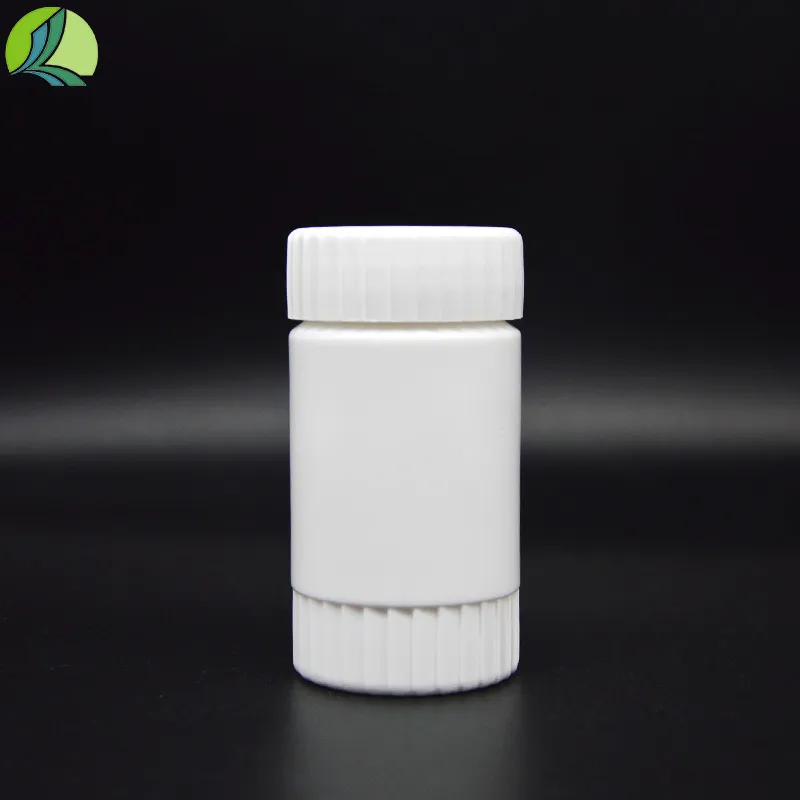Exploring the Versatility of 3ml Tubes for Various Laboratory Applications
The Versatility of 3 mL Tubes in Modern Laboratories
In the fast-paced world of scientific research and experimentation, the tools and materials we use play a pivotal role in determining the quality and efficiency of our work. Amongst these tools, 3 mL tubes have emerged as an essential item in modern laboratories, catering to a wide range of applications in biological and chemical research. This article aims to explore the features, advantages, and diverse applications of 3 mL tubes, emphasizing their significance in various scientific fields.
Features of 3 mL Tubes
3 mL tubes are typically constructed from high-quality plastics such as polypropylene or polystyrene, which offer excellent durability, chemical resistance, and transparency for easy observation. Many of these tubes come equipped with secure, leak-proof caps designed to prevent contamination and ensure the integrity of the samples stored within. Some manufacturers offer these tubes in graduated formats, allowing for precise volume measurements and facilitating easy identification of the sample amount.
Additionally, 3 mL tubes are compatible with a variety of laboratory equipment, including centrifuges, vortex mixers, and automated liquid handling systems. This compatibility makes them an adaptable and convenient choice for researchers who may frequently change their methodologies or experiment formats.
Advantages of Utilizing 3 mL Tubes
One of the notable advantages of 3 mL tubes is their size. Being compact yet sufficiently spacious to hold a variety of samples, they strike an ideal balance, allowing researchers to work efficiently with limited quantities of material. This is especially advantageous in fields where sample size may be a constraint, such as in the testing of rare biological materials or expensive reagents.
3 ml tubes

Furthermore, their size and shape lend themselves well to a range of protocols, from simple storage to complex assays. They can be used for sample mixing, dilution, and even incubation, depending on the needs of the experiment. Moreover, the availability of sterile options ensures that researchers can confidently work with sensitive biological samples without the risk of contamination.
Applications Across Scientific Fields
The versatility of 3 mL tubes lends them to a multitude of applications across various scientific disciplines. In biomedical research, for instance, these tubes are commonly used for collecting and preserving blood samples, serum, and plasma. Their secure lids help maintain the integrity of biological specimens during storage or transport, making them invaluable in clinical laboratories and research institutions.
In molecular biology, 3 mL tubes serve critical roles in DNA and RNA extraction processes, polymerase chain reactions (PCR), and various enzymatic assays. The ability to accommodate a range of reagents makes them ideal for preparative steps in complex procedures, where precise measurements and sample volumes are crucial.
Additionally, in environmental science, 3 mL tubes are utilized for the collection of water or soil samples for toxicological studies and pollution assessments. Their small volume is particularly useful when dealing with limited sample availability, allowing researchers to conduct important analyses with minimal environmental impact.
Conclusion
In summary, 3 mL tubes are indispensable tools in contemporary laboratories, offering numerous advantages in terms of size, versatility, and compatibility with various methodologies. Their applications across biomedical, molecular, and environmental fields highlight their crucial role in the advancement of scientific research. As laboratories continue to evolve and face new challenges, the adaptability of 3 mL tubes will undoubtedly continue to contribute to innovative solutions and discoveries. The integration of these tubes into everyday laboratory practices exemplifies how even the simplest tools can significantly enhance the overall efficiency and efficacy of scientific exploration. As we look toward the future, it is clear that the role of 3 mL tubes will only expand, further cementing their place in the heart of laboratory environments.
-
Aesthetic Makeup Spray Bottles | Fine Mist Empty RefillableNewsAug.19,2025
-
White Plastic Veterinary Vaccine Vials | Lab Liquid BottlesNewsAug.18,2025
-
Plastic Medicine Liquid Bottle: Secure Flip Top Drug VialsNewsAug.17,2025
-
Durable 250ml Blue Plastic Vaccine Vial for Lab & Vet UseNewsAug.16,2025
-
Sterile Virus Sample Tubes: Secure & Reliable Specimen CollectionNewsAug.15,2025
-
White 250ml Plastic Vaccine Vial for Lab & Vet MedicineNewsAug.14,2025
























